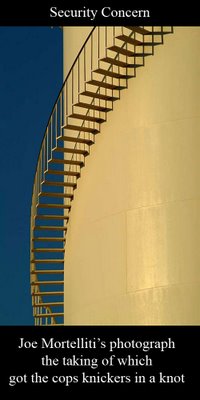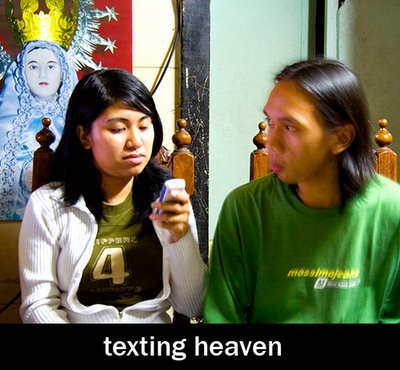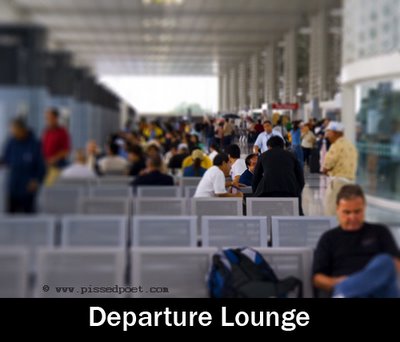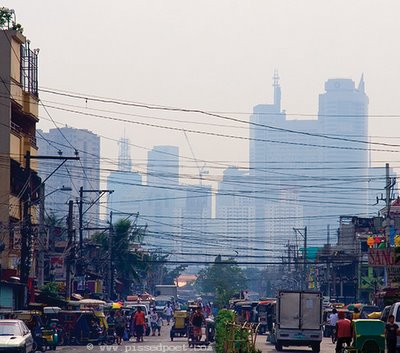The adrenalin is pumping, a thousand butterflies have taken up residence in a hundred stomachs, tonight is the night. In a few minutes the curtain will rise and the performers will strut their stuff before the assembled throng. Its show time. This is what makes live performances so appealing and what the photographer wants to capture. That magical moment when the performer and audience are as one.
Be it the end of year ballet school recital or grand opera there will be these moments in every performance. This is when every photographer becomes a street photographer because no one can predict when these moments will appear. The set up and rehearsal shots just don't cut it, these shots can't be manufactured, they just happen. The street photographer's mantra comes in to full play here, travel light and have lots of film.
When shooting live shows your film speed will become your greatest friend. If you shoot digital learn to switch between the ISO settings of your camera with a few thumb clicks, if your shooting film have several cameras each loaded with a different speed film. As a rule of thumb 400, 800 & 1600 should cover most situations, just remember the higher the speed the greater the grain. Another advantage of using a range of ISO's is you can leave the aperture and shutter settings to the camera. Which 9 times out of 10 will be quicker and more accurate than either you or I could ever hope to be. This can be fast paced stuff, so much so that at times focusing can be problematical.
Using your flash to compensate for the lack of film speed is a no, no for several reasons.
Using your flash will gain you no friends with your fellow patrons and the down right ire of the production staff. They have spent several hours getting the scene to look just right only to have it ruined by the Joe in the third row with their bloody flash. If you are close enough for your flash to actually work, the scene you wanted to capture won't be in the camera.
Using your flash is the best way I know to get the tap on the shoulder followed by a request to leave from the really big usher.
Using your flash is dangerous for the performer. A performer momentarily blinded by a flash loses concentration and orientation. Imagine a trapeze catcher momentarily blinded just before a catch. The dancer spinning on one toe, flash, wobble, wobble, crash. Could be a real show stopper, literally. Now you wouldn't want that on your conscience, would you?
Rest assured, in the majority of cases the stage lighting is more than adequate for photography purposes. It does, however tend to be uneven and the best light is when the subject is being lit by spill rather than in a direct beam of light. Taking several shots as the subject moves about the stage should produce at least one good one, remember lots of film. This is where, outside of sport, the continuous drive mode on the more expensive cameras comes in handy.
The down side to these cameras is their several auto focus points which can be a real pain in the proverbial. Never too sure which part of the scene the camera has decided to focus upon. Switch it off and just use one point, set your focus and recompose the picture as desired.
Likewise a tripod is more of a hindrance than a help. Awkward to lug about and set up. Your fellow patrons are just as likely to knock it at the crucial moment if you're in an open venue and it will cost you an extra couple of seats if you're in a seated auditorium. Better to shoot hand held and if your budget will stretch to it an IS lens is an added advantage. It is comforting to know that any motion blur is from the performers rather than the photographer.
Fortunately there are medium telephotos that come with image stabilization. This is my preferred lens for this kind of shooting, especially if static in C22. A medium telephoto will give you the greatest range of possibilities, fiddling with primes is very difficult to get right before the moment is gone. Although if you're in an open venue they can work, just remember Robert Capa's words of wisdom "If your pictures aren't good enough, you're not close enough."
In an open venue such as hall, a night club or a bar your freedom of movement will be an asset to getting that great shot. You can shoot from the side, from the front, up the lead singer's trouser leg or from the balcony. Do resist the temptation to climb on the speaker stacks. Sound engineers take a very dim view of this and more than likely will dispatch the biggest and meanest roadie in your direction with orders to kill.
In the more formal environment of a tiered auditorium you should be far enough back so you can see something of the stage floor. You don't want the performers in all your shots to be cut off at the ankles. Also get your seats as close to the centre as possible. It is usual for the production values of a show to be set from the centre of the auditorium. The director, the lighting designer and the stage designer will huddle together there making the final adjustments to the look of the show and the performers will instinctively direct their performances at them.
But before you start implementing any of the above pearls, do get permission not only from the venue and organisers but also the performers. You are photographing on private property, even if owned by the local council, and will at least require the venue manager's green light. The organisers, producer, band management, whoever will own the copyright to the show and you will need their permission. The same goes for your models, the performers. Photographing your kids is fine but Mrs Smith's could be a very different story.
If you have thoughts of anything other than the family album, even the internet, it would be best to get it in writing. Property and model releases at the very least and the more professional the show the greater the need. Getting them before the show is the best course of action, decreases the chances of embarrassing moments and trying to get them after the event is very hard work if not impossible.
Then after the curtain falls and the applause fades away, you will have some moments in your camera that will bring back fond memories of a great night. Perhaps even earn you a dollar or two if you have the paper work in place.



















